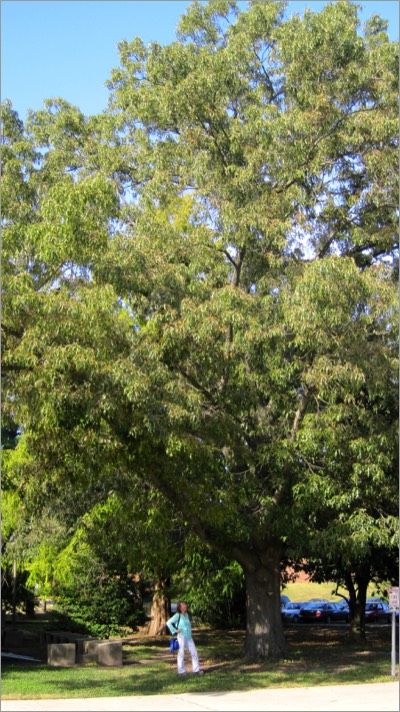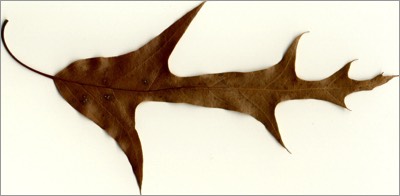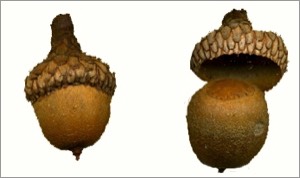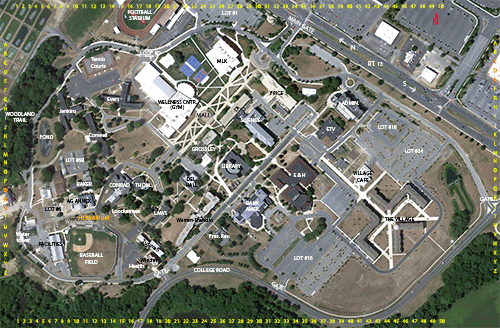Quercus falcata


Quercus falcata
SOUTHERN RED OAK
Fagaceae
S.E. North America
Location: map coordinates Q-12 (southeast corner of Baker Building), N 39°11'9'' W 75°32'43''
Planting history: probably planted by Dr. N. Dill, 1960’s-1970’s.
Description:
Native species, State Ranks: S5 (very common) in the coastal plain; and S2 (very rare and of conservation concern; typically between 6 and 20 known populations) in the piedmont, of Delaware
SOUTHERN RED OAK
Fagaceae
S.E. North America
Location: map coordinates Q-12 (southeast corner of Baker Building), N 39°11'9'' W 75°32'43''
Planting history: probably planted by Dr. N. Dill, 1960’s-1970’s.
Description:
- moderate-sized to tall deciduous tree
- etymology: Quercus = the Latin name; falcata = sickle-shaped (referring to the terminal lobe of the the leaf)
- also known as Spanish oak, or sometimes turkey-foot oak (for the leaf shape)
- leaves simple, alternate, lobed; often 3 main lobes near tip; very variable; terminal lobe often elongate and somewhat falcate (sickle-shaped), hence the scientific name of this species; leaf base rounded; leaf underside grey hairy
- monoecious (separate male and female flowers on same tree); flowers tiny; male flowers in drooping catkins, female flowers inconspicuous
- fruit is an acorn (develops from ovary of female flower)
- in the “red/black oak group”: leaf lobes with bristle-tips; acorn matures in 2 years, relatively bitter and inedible unless processed
- end buds clustered (typical of oaks)
- wood not prime lumber (not rot- or crack-resistant), but used in construction, furniture, fuel, etc.
- native to southeastern U.S., as far north as New Jersey
- habitat dry upland soils; sometimes moister soils
Native species, State Ranks: S5 (very common) in the coastal plain; and S2 (very rare and of conservation concern; typically between 6 and 20 known populations) in the piedmont, of Delaware



HIT REFRESH TO START LOCATION GRAPHIC